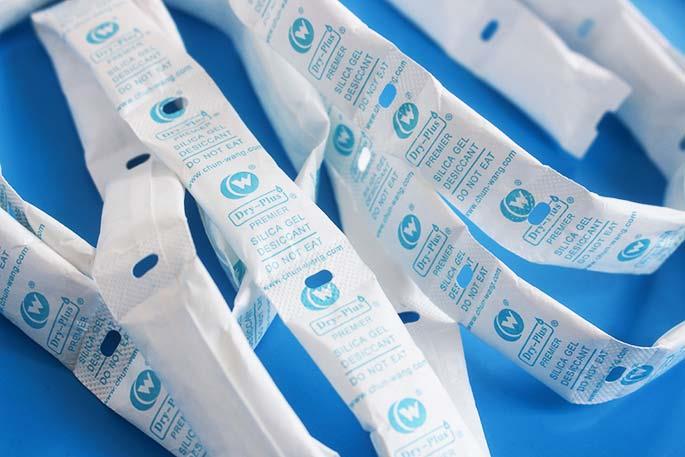
A desiccant is a substance that removes water molecules from a moist material (solid, liquid, or gaseous), thereby reducing the humidity of the environment. The desiccant can maintain the environmental humidity at a low level. In a dry environment, the growth of mold and other bacteria can be effectively inhibited, the oxidative rancidity of the product is slowed down, the shelf life of the food is prolonged, and the economic benefit is improved.
Desiccants can be classified into chemical desiccants and physical desiccants according to their drying principles. Chemical desiccants are substances that absorb water and are often accompanied by chemical reactions. Physical desiccants only adsorb moisture and are not accompanied by chemical reactions. The principle of physical desiccant mainly relies on adsorption to remove water molecules in the moist material, that is, the particles on the solid surface are attracted to the surface of the solid matter by mutual attraction with water molecules in various gases, liquids and the like. Desiccants mostly have many pores and have a large surface area.
At present, the most common application is silica gel desiccant, which belongs to physical adsorption. Silica gel itself is a neutral substance. It does not react with other substances except it reacts with strong alkali and strong acid under certain conditions. At the same time, silica gel is also the only desiccant that has passed the US FDA certification and can be used in direct contact with medicines and foods. It is very safe.







All trademarks shown here are for reference purposes only. They are the property of their respective owners, and we are not authorized to sell items bearing such trademarks.
